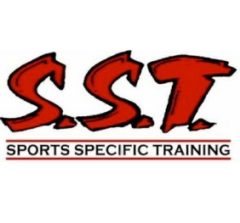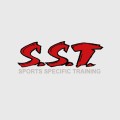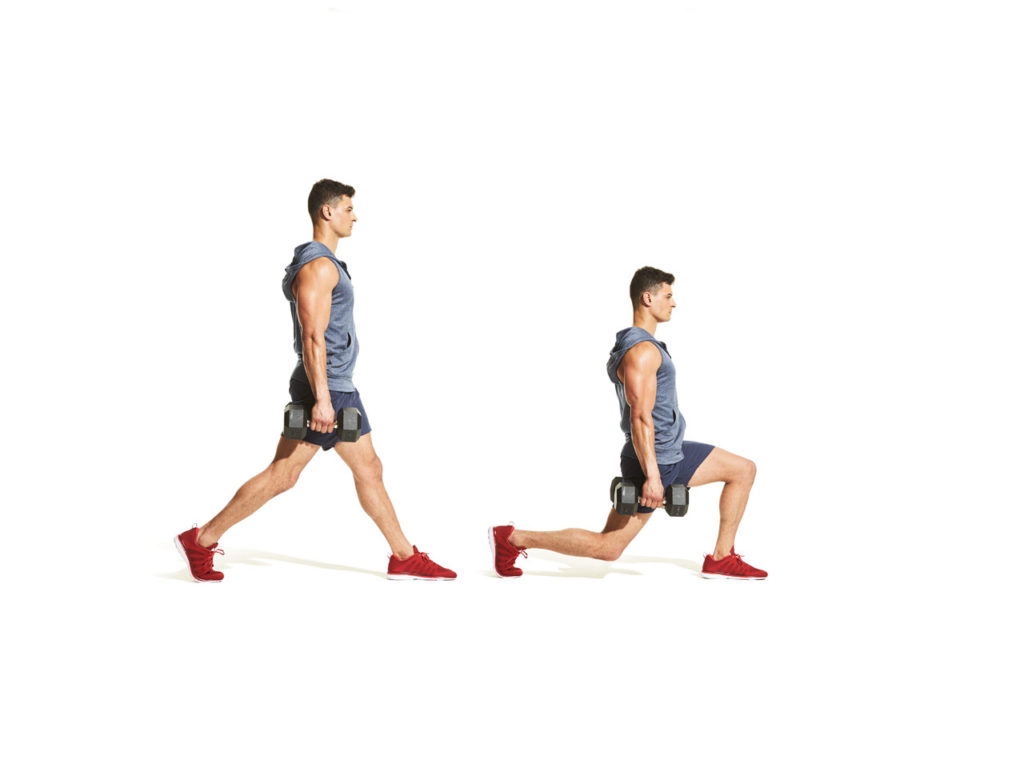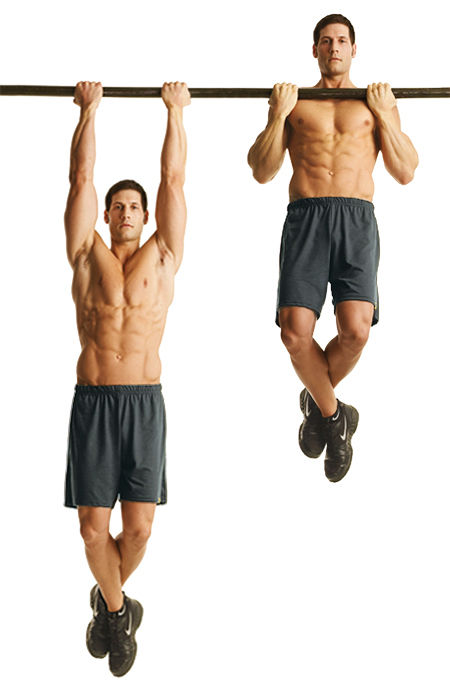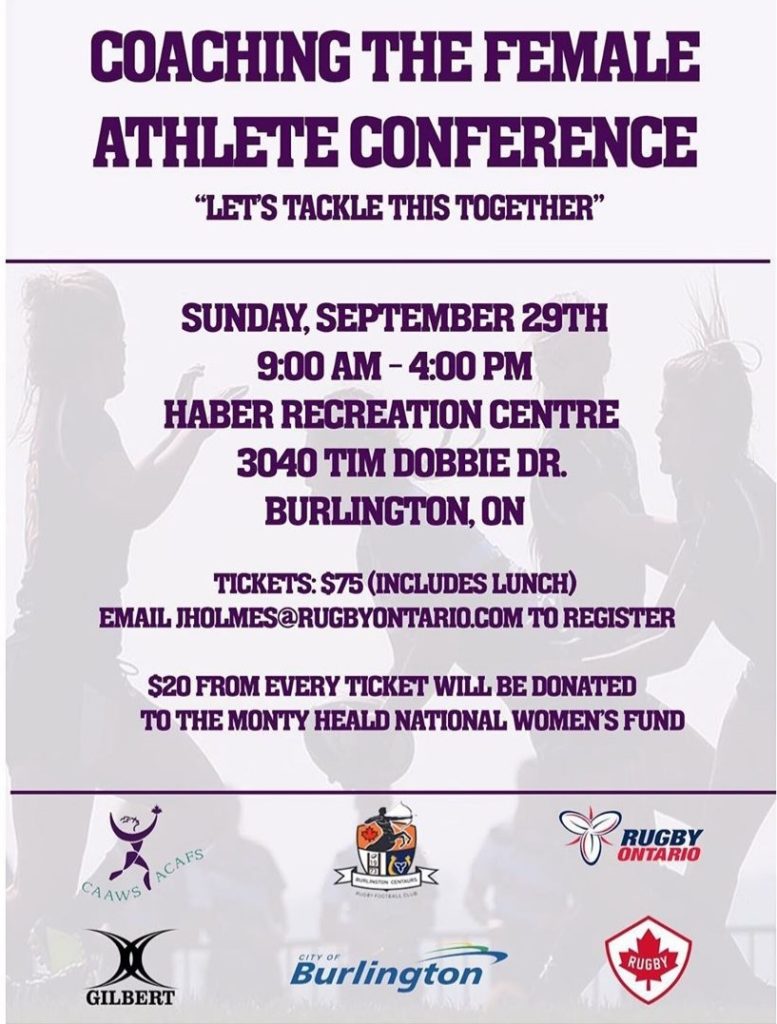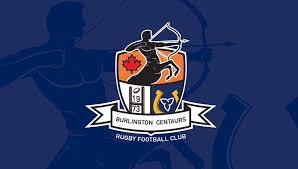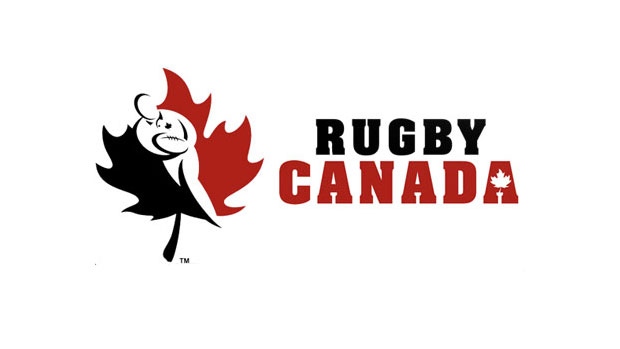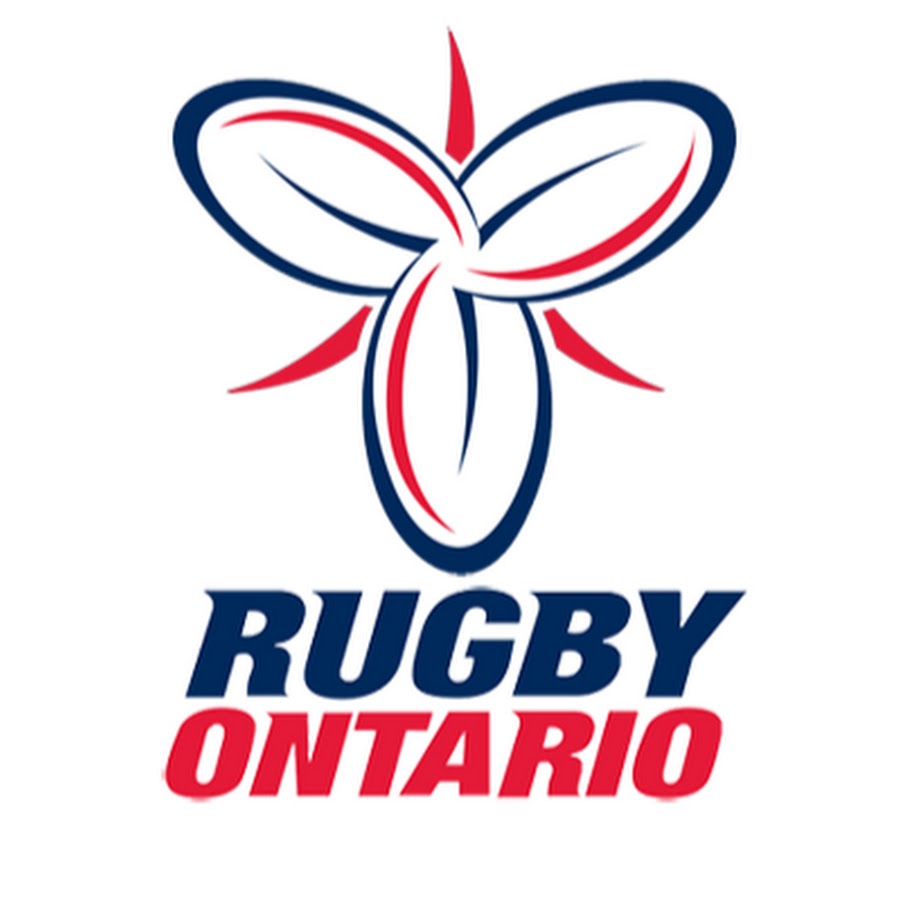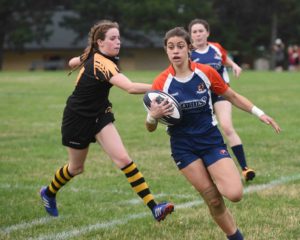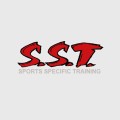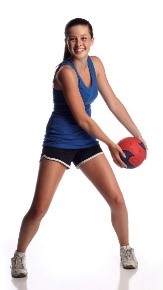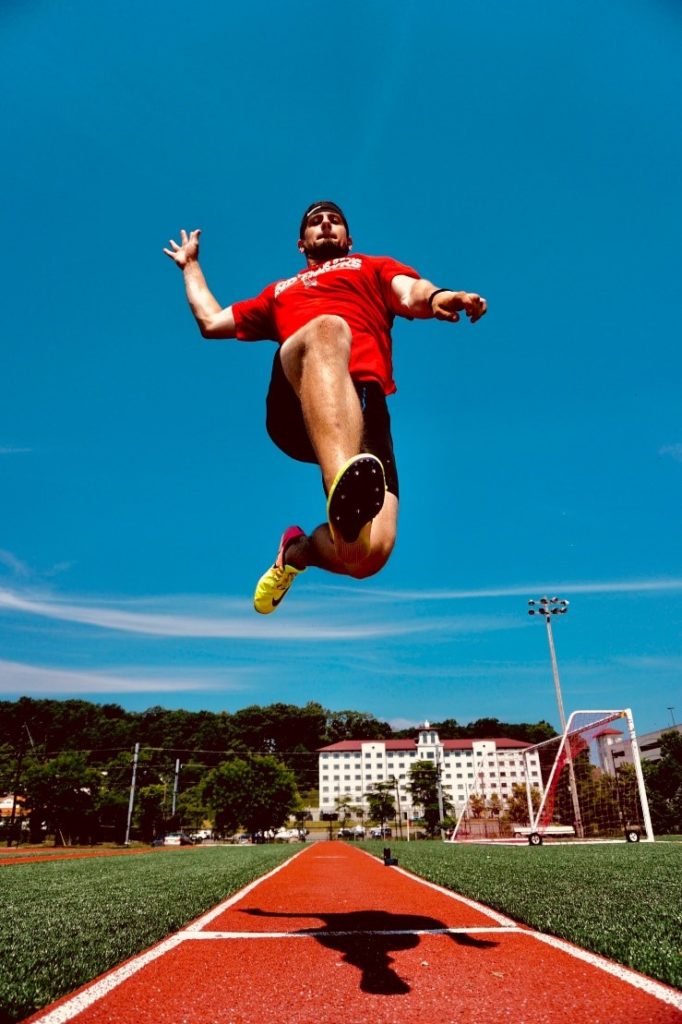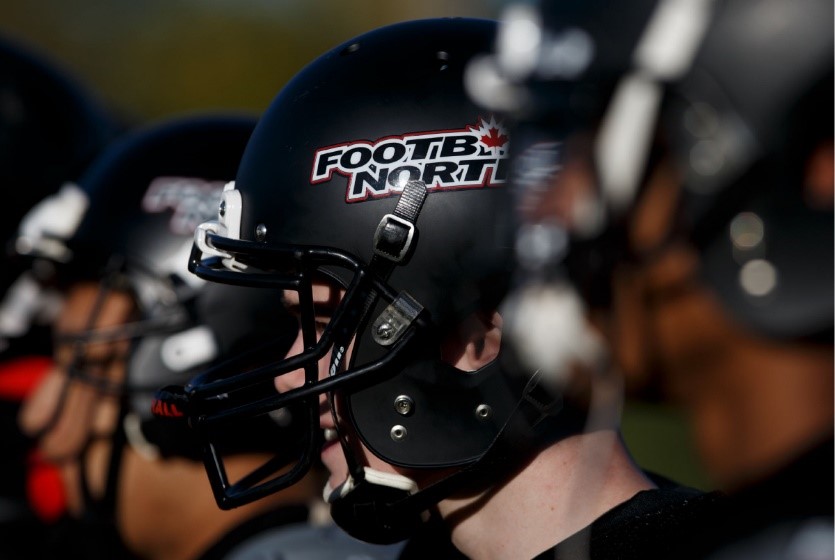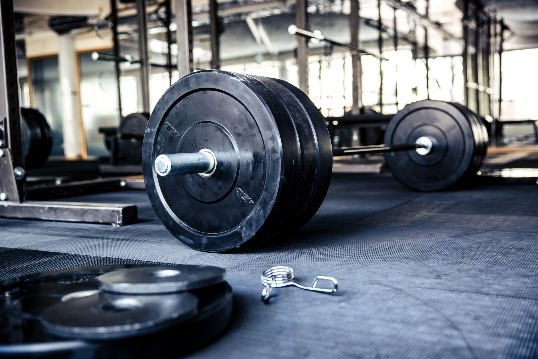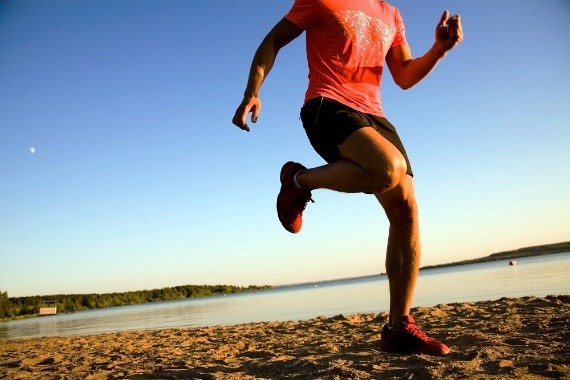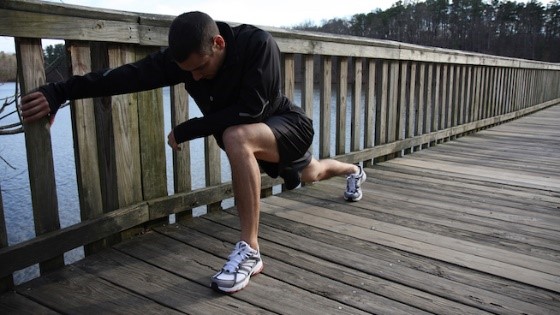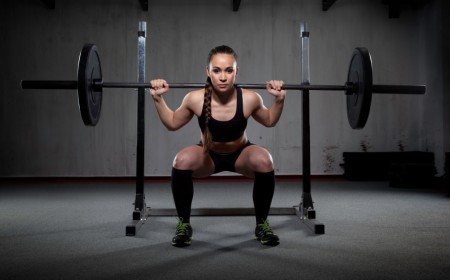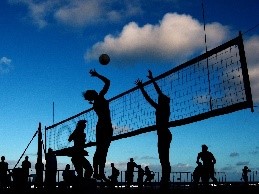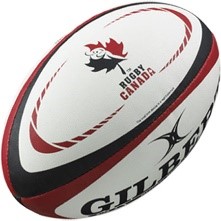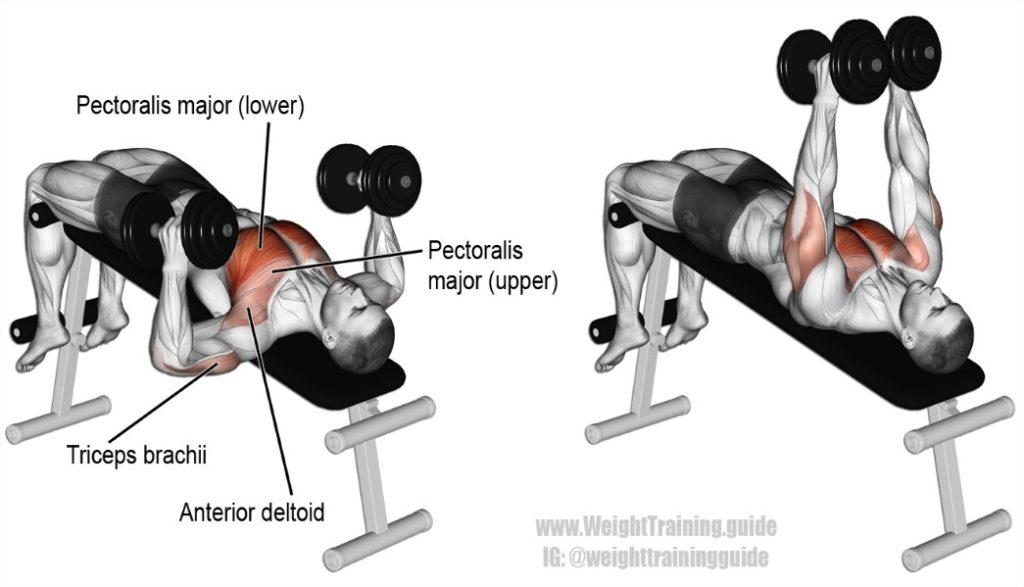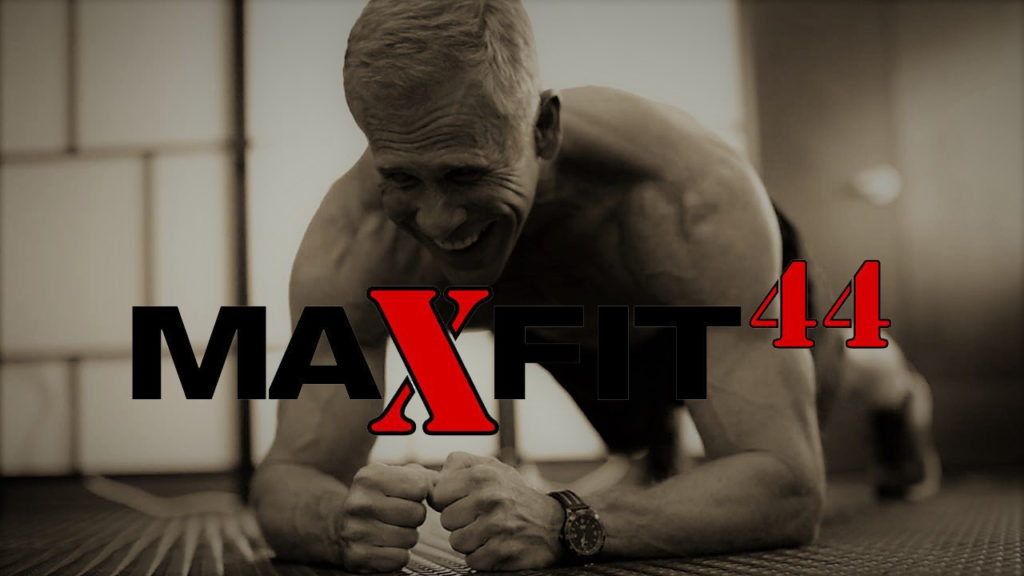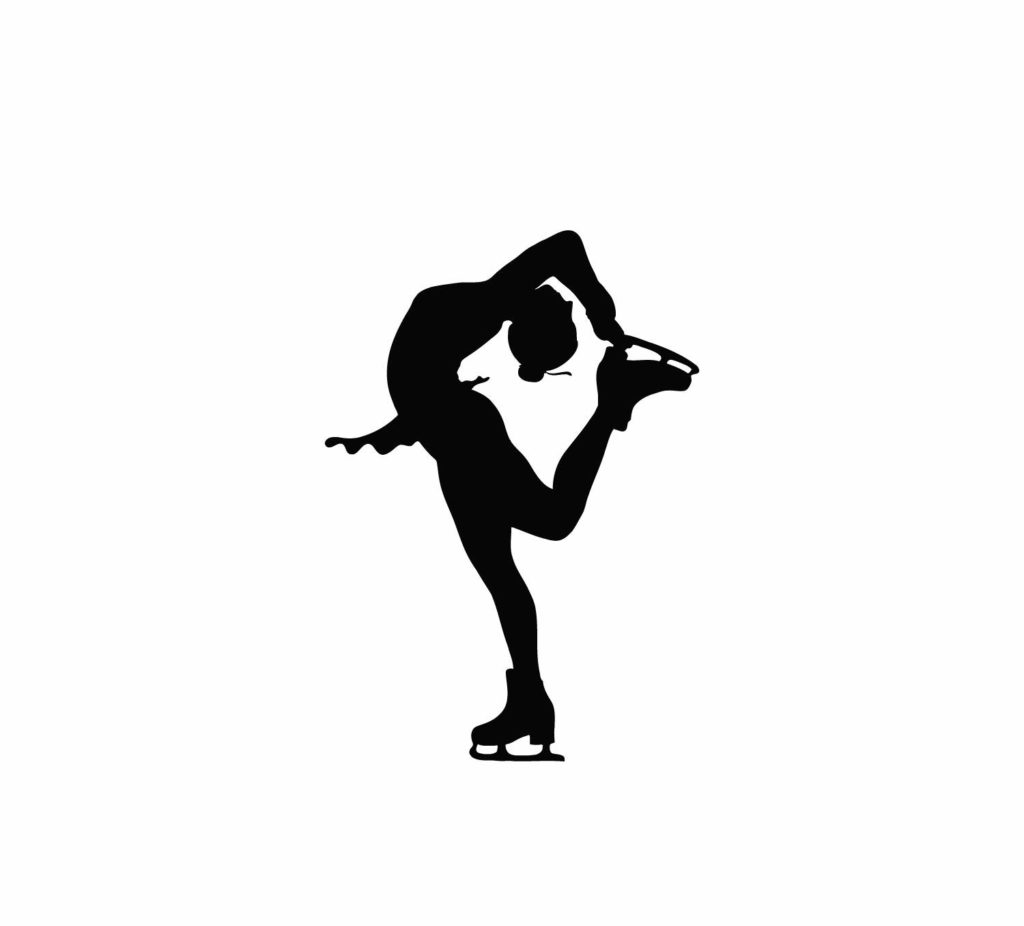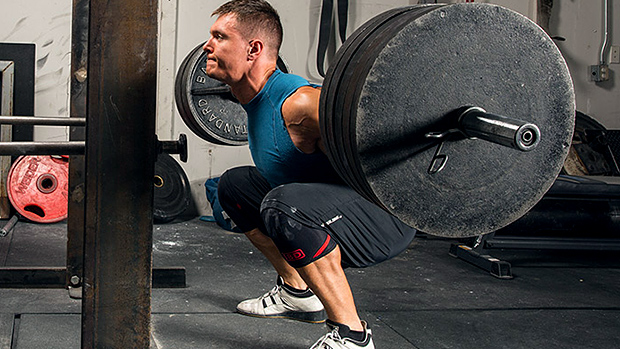
The term dynamic stretching comes down to movement based stretching. In other words, the individual uses a swinging or bouncing movement to extend their range of motion (ROM) and flexibility. The force of the bounce or swing is gradually increased but should never become uncontrolled.
What is Dynamic Flexibility?
The term dynamic flexibility refers to an individual’s absolute range of motion that can be achieved with movement. In other words, how far you can reach, bend or turn by using velocity and momentum to achieve maximum range of motion. As all sport involves movement of some kind, a degree of dynamic flexibility is essential!
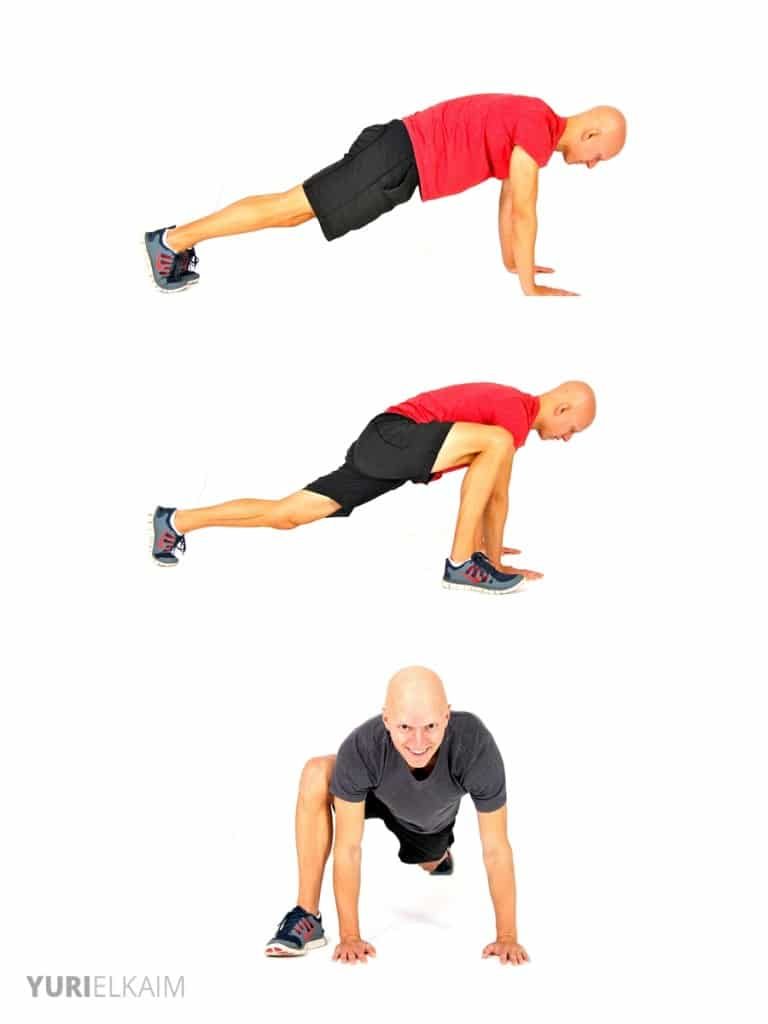
The difference between Dynamic Stretching and Static Stretching?
Although there are many different ways to stretch, they can all be grouped into one of two categories; static or dynamic.The main difference between dynamic stretching and static stretching is that static stretches are performed without movement. In other words, the individual gets into the stretch position and holds the stretch for a specific amount of time. While dynamic stretches are performed with movement. There isn’t one way, nor one type of stretching is better than another. Each type has its own advantages and disadvantages, and the key to getting the most out of stretching lies in being able to match the right type of stretching to the purpose, or goal you are trying to achieve. For example; For warming up, dynamic stretching is the most effective, while for cooling down, static and passive are best.
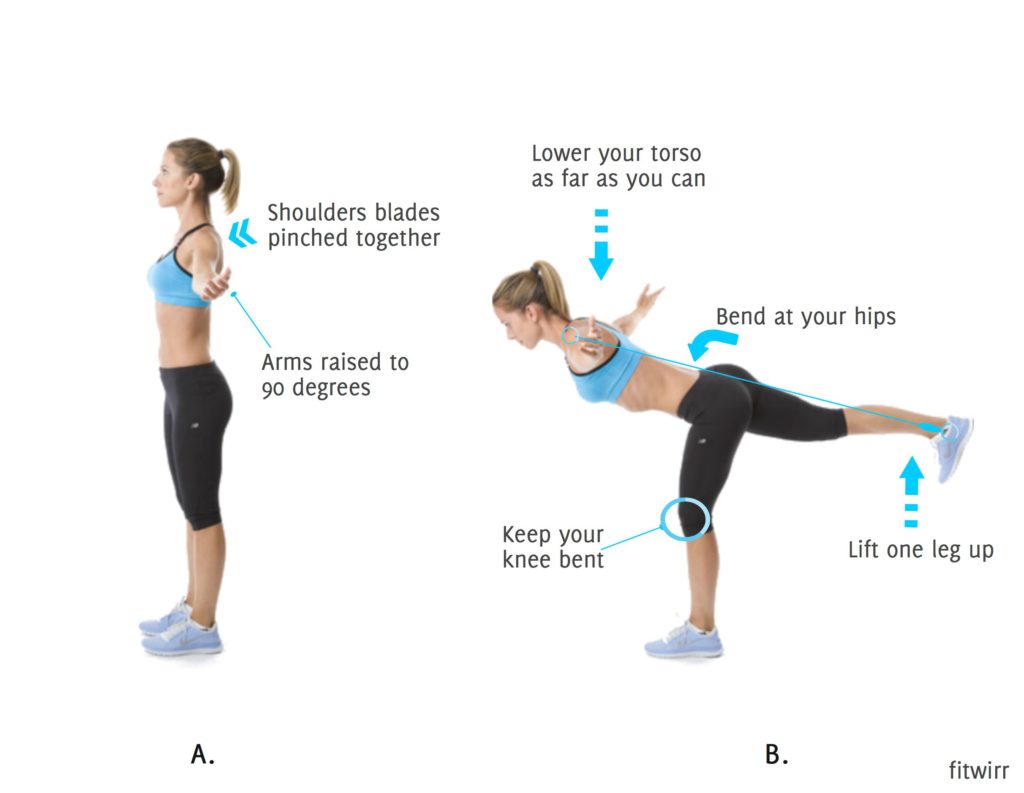
The best time to use Dynamic Stretching
One of the main purposes of dynamic stretching is to prepare the body for activity or sport, which is why dynamic stretching is so effective as part of a warm up routine. Please note though, that dynamic stretching is not THE warm up, is it only PART OF a warm up. A proper warm up has a number of very important key elements. These elements, or parts, should all work together to prepare the individual for physical activity and minimize the likelihood of sports injury.
Improve your Dynamic Flexibility.
It’s important not to rely on just one type of stretching all the time. You need to know which type of stretching is best for the goal you’re trying to achieve or the individual you’re working with. When you can match the right type of stretching to the individual and their goals, you’ll always get a better outcome.
Come into SST to learn a safe and beneficial dynamic warm up routine.
